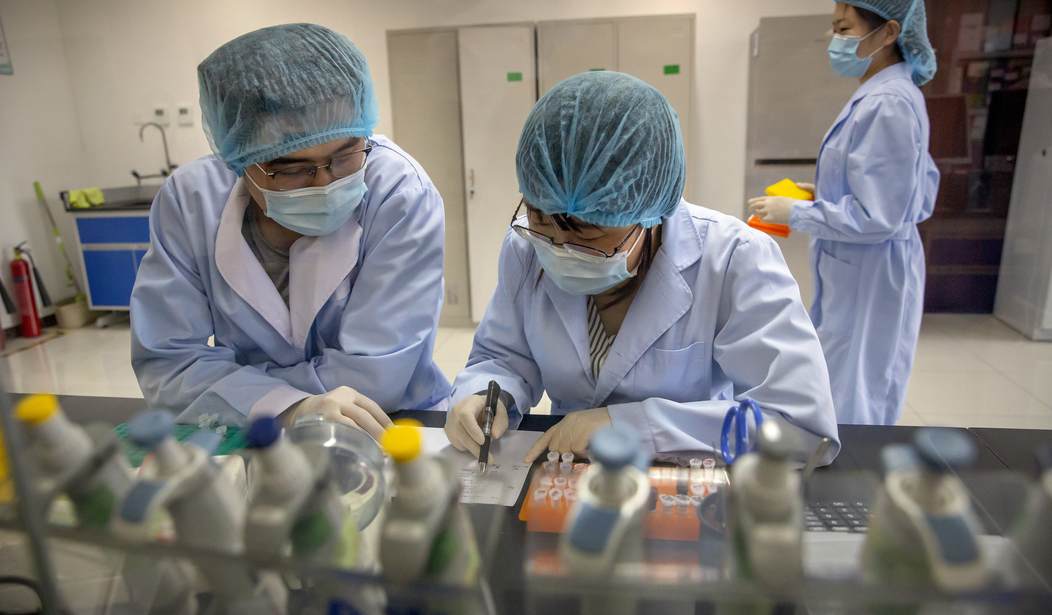The World Health Organization is walking back a statement that shocked scientists and health professionals around the world. On Monday, the WHO said that it was “very rare” for patients who show no symptoms of having contracted the coronavirus to spread the disease. Previously, public health policy had been based on the assumption that asymptomatic patients were the driving force behind the spread of the virus, and that lockdowns and social distancing were vital to stopping the pandemic from killing millions.
Dr. Maria Van Kerkhove seemed pretty clear in her statement.
“From the data we have, it still seems to be rare that an asymptomatic person actually transmits onward to a secondary individual,” Kerkhove said at a news briefing Monday from the WHO’s Geneva headquarters. “It’s very rare.”
But Kerkhove was singing a different tune on Tuesday.
Dr. Maria Van Kerkhove, head of the WHO’s emerging diseases and zoonosis unit, said Tuesday that asymptomatic spread is a “really complex question” and much is still unknown. “We don’t actually have that answer yet,” she said.
“I was responding to a question at the press conference. I wasn’t stating a policy of WHO or anything like that. I was just trying to articulate what we know,” she said on a live Q&A streamed across multiple social media platforms. “And in that, I used the phrase ‘very rare,’ and I think that that’s misunderstanding to state that asymptomatic transmission globally is very rare. I was referring to a small subset of studies.”
Huh? What? A “misunderstanding”? I call bull cookies on that.
Studies show that about 16% of the population may be asymptomatic, she said. Some models developed by other scientists suggest as much as 40% of global transmission may be due to asymptomatic individuals, she said, clarifying her comments.
“Some estimates of around 40% of transmission may be due to asymptomatic, but those are from models, so I didn’t include that in my answer yesterday, but wanted to make sure that I covered that here,” Kerkhove said.
So which is it? “Very rare” or “40 percent”? That’s not a “misunderstanding.” Claiming that the press got it wrong or people are too stupid to catch the nuance in her statement is ludicrous. If the press got it wrong, it’s on Dr. Kerkhove and her alone.
The answer to the question of asymptomatic transmission of coronavirus is actually easy: no one knows.
While asymptomatic spread of the coronavirus does occur, the portion of asymptomatic individuals who transmit the virus remains a “big open question,” Dr. Mike Ryan, executive director of the WHO’s emergencies program, said during the Q&A.
“There is much to be answered on this. There is much that is unknown,” he added. “It’s clear that both symptomatic and asymptomatic individuals are part of the transmission cycle. The question is what is the relative contribution of each group to overall number of cases.”
I talked with my doctor at length about the coronavirus situation both medically and as it relates to public health policy. He’s disgusted by the politics of it and his fondest wish was that doctors and other health professionals should have just thrown up their hands and admitted “we don’t know” when asked a question — especially at the beginning of the crisis.
Instead, we got flawed models, dubious advice, draconian stay-at-home orders, “mask-shaming” — and a lot of unnecessary fear and angst being spread by people who know better — public health professionals.
The WHO has proved to be an unreliable partner to governments in this crisis. Biased, bureaucratic, unprofessional — not what the world needed during a pandemic.










Join the conversation as a VIP Member